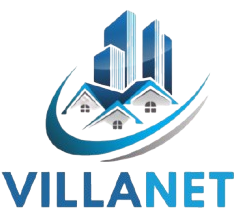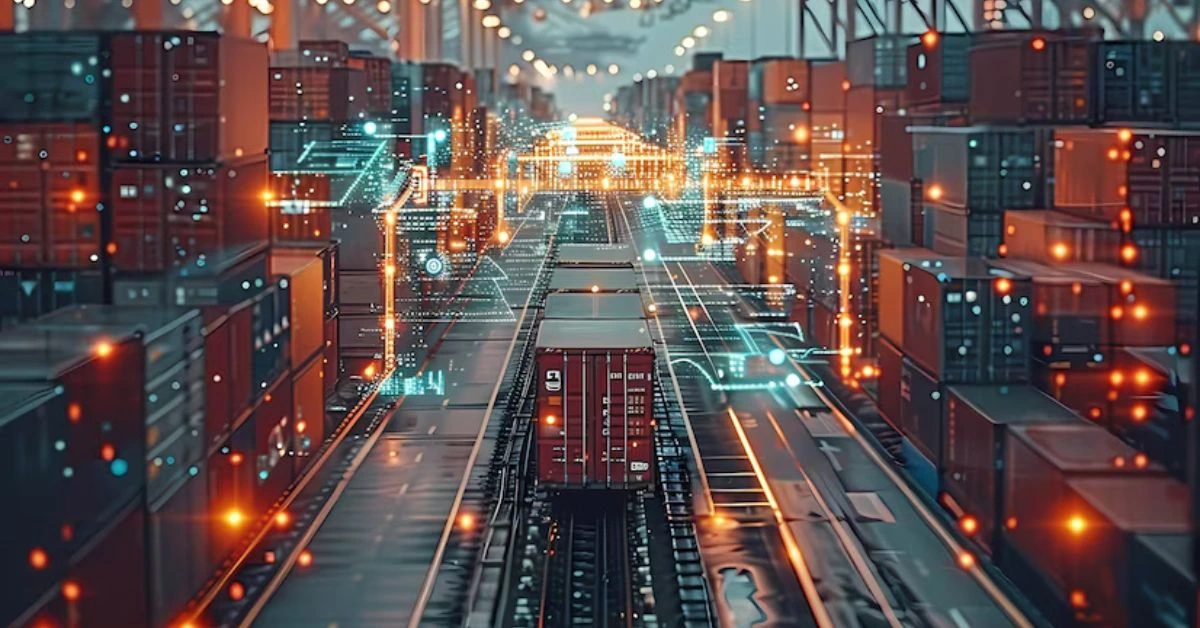the Future of Procurementnation.com Supply Chain: Key Trends, Innovations, and Best Practices for Success
In today’s rapidly evolving business landscape, staying competitive and resilient in supply chain and procurement operations is a must. At procurementnation.com supply chain, we understand the importance of continuous innovation and the need for businesses to adapt to changing trends, technologies, and strategies. As organizations strive to enhance efficiency, optimize costs, and mitigate risks, they must harness the power of new procurement practices, digital transformation, sustainability, and data analytics.
This article explores the latest trends shaping the future of procurementnation.com supply chain. We’ll dive into key procurement strategies, emerging technologies, and how companies are using advanced tools to stay ahead in the competitive procurement and supply chain management space.
Strategic Shift in Procurement: From Cost-Cutting to Value Creation
Procurement has evolved from a simple function of buying goods at the lowest price to a crucial component of business strategy. Today, procurement focuses on creating long-term value for organizations by fostering robust supplier relationships, embracing innovation, and driving sustainability goals.
Strategic Sourcing and Supplier Relationship Management
Procurement is no longer just about securing the lowest cost—it’s about building long-term, mutually beneficial relationships with suppliers. Strategic sourcing emphasizes collaboration, risk-sharing, and innovation with suppliers to ensure quality, lower total costs, and enhance supply chain resilience.
Strong supplier relationship management (SRM) practices help businesses work closely with suppliers, enabling them to become trusted partners. These relationships foster better communication, transparency, and responsiveness to supply chain changes.
Technology Integration and Digital Procurement
The digital transformation of procurement has accelerated with the adoption of e-procurement tools and software platforms. These digital solutions streamline the procurement process—from managing suppliers and contracts to automating purchase orders and payments. By enhancing visibility, reducing errors, and automating repetitive tasks, these tools help procurement teams make more informed, strategic decisions.
Moreover, data analytics plays a pivotal role in optimizing procurement strategies. Leveraging insights from predictive analytics and spend analysis tools, procurement professionals can forecast demand, identify inefficiencies, and optimize sourcing strategies.
The Role of Automation and Digital Transformation in Procurement
One of the biggest trends reshaping procurement is digital transformation, which leverages cutting-edge technology to improve procurement processes. These advancements help businesses drive efficiency, accuracy, and innovation.
E-Procurement Platforms: Streamlining Procurement Operations
E-procurement platforms have become essential in modern procurement. These online tools automate the entire procurement cycle—from requisitioning goods and services to making payments. They simplify workflows, eliminate manual errors, and provide real-time tracking of orders, making procurement more efficient and transparent.
Artificial Intelligence (AI) in Procurement
AI is revolutionizing procurement by automating routine tasks and improving decision-making. AI-powered procurement systems are capable of analyzing historical data and predicting future demand, which helps businesses plan their inventory, forecast supplier needs, and adjust their procurement strategies.
AI can also assist in supplier selection, where it analyzes past supplier performance, market trends, and other factors to identify the best suppliers for specific needs. Additionally, AI can help in demand forecasting, optimizing inventory management, and ensuring that businesses have the right amount of stock when they need it.
Blockchain for Transparency and Security
Blockchain is another transformative technology being applied to procurement processes. By providing an immutable ledger, blockchain enhances supply chain transparency and traceability. It ensures that goods and services can be tracked and verified at every step of the supply chain, reducing fraud and increasing trust between buyers and suppliers.
Sustainability in Procurementnation.com Supply Chain: Navigating Green Practices
As consumers and businesses alike increasingly prioritize sustainability, procurement functions are stepping up to ensure that the supply chain reflects ethical, environmental, and social responsibility.
Green Procurement Practices
Green procurement involves purchasing products and services that have a minimal environmental impact throughout their lifecycle. This means sourcing goods from suppliers who adopt energy-efficient production methods, utilize renewable resources, and produce less waste. By supporting sustainable practices, organizations not only contribute to a greener planet but also enhance their brand image and customer loyalty.
Circular Economy Models
The circular economy model is gaining traction as companies seek to reduce waste and increase the reuse and recycling of materials. In procurement, this means selecting suppliers who can provide sustainable, recyclable, or refurbished products. A circular economy mindset helps reduce the depletion of natural resources and extends the lifecycle of products, contributing to a more sustainable production process.
Ethical Sourcing and Fair Labor Practices
Another key aspect of sustainable procurement is ethical sourcing, which ensures that suppliers adhere to fair labor practices, respect human rights, and meet ethical standards. Ethical sourcing is important for protecting the rights of workers and ensuring that suppliers follow environmentally friendly and socially responsible practices.
Managing Risk in a Global Supply Chain
Managing risks is crucial to maintaining continuity in the supply chain, especially in today’s increasingly unpredictable global environment. Geopolitical risks, trade wars, natural disasters, and economic instability can cause significant disruptions.
Building Resilient Supply Chains
Resilience in supply chains is the ability to adapt to and recover from disruptions while maintaining business operations. By diversifying suppliers, implementing contingency plans, and enhancing supply chain visibility using technology, businesses can mitigate risks and ensure smoother operations during crises. Resilient supply chains ensure that companies can continue functioning despite external challenges.
Risk Identification and Mitigation Strategies
Companies need to proactively identify risks in their supply chains to be prepared for potential disruptions. Tools like risk assessment software and AI-driven analytics can help businesses assess vulnerabilities in their supply chains—whether from political instability, labor shortages, or natural disasters—and develop mitigation strategies.
Technology’s Role in Risk Management
AI, machine learning, and blockchain technology are critical tools for managing risk. AI helps predict supply chain disruptions by analyzing historical data and external factors, while blockchain offers enhanced transparency to track goods and services along the supply chain, reducing fraud and mistakes.
Overcoming Global Supply Chain Challenges: Strategies for Success
In an interconnected global economy, businesses face various challenges that threaten the stability of their supply chains. Addressing these challenges is essential for maintaining operational success.
Geopolitical Tensions and Trade Wars
Geopolitical tensions and trade wars have the potential to disrupt global supply chains, affecting trade agreements, tariffs, and costs. Companies must closely monitor global political developments and diversify suppliers to mitigate their exposure to risks in any one region or country.
Labor Shortages and Shipping Delays
Labor shortages, particularly in manufacturing and logistics, have led to production delays and shipping costs. Automation, robotics, and artificial intelligence are helping to address labor challenges by streamlining production processes and reducing reliance on human workers for repetitive tasks.
The Impact of Natural Disasters
Natural disasters, including earthquakes, floods, and hurricanes, can severely disrupt supply chains for extended periods. Companies must have contingency plans in place, utilizing technologies like drones and AI to help monitor supply chains and respond to emergencies quickly.
Harnessing the Power of Data Analytics in Supply Chain Management
In an age where data is abundant, businesses are turning to data analytics to optimize supply chain operations, reduce costs, and improve customer service.
Predictive Analytics
Predictive analytics uses historical data to forecast demand, inventory levels, and potential disruptions. By analyzing past trends, businesses can prepare for future needs, ensuring that they can better manage inventory and anticipate disruptions.
Big Data and Real-Time Tracking
Real-time tracking and data capture via IoT devices and connected technologies allow businesses to access valuable insights across their entire supply chain. With this information, companies can make better, faster decisions and optimize operations by identifying inefficiencies before they become significant problems.
AI-Driven Analytics for Smarter Decisions
AI-driven analytics offers deep insights into operational performance, revealing trends and inefficiencies that may be missed by human analysis. By using AI tools, businesses can optimize inventory, reduce waste, and enhance supply chain performance.
Conclusion
The future of procurementnation.com supply chain lies in embracing digital transformation, adopting sustainable practices, and leveraging the power of data and AI. Businesses must remain agile and resilient, anticipating changes in the global marketplace and continuously adapting to emerging trends.
From strategic sourcing to risk management, from automation to sustainability, the opportunities for companies to optimize their procurement and supply chain operations are vast. By staying informed and adopting the latest technologies, businesses can build efficient, resilient, and sustainable supply chains that are equipped to thrive in an increasingly complex world.
At procurementnation.com supply chain, we are dedicated to helping businesses navigate the evolving landscape of procurement and supply chain management. By adopting best practices and embracing innovation, companies can stay ahead of the competition and secure a successful future.






